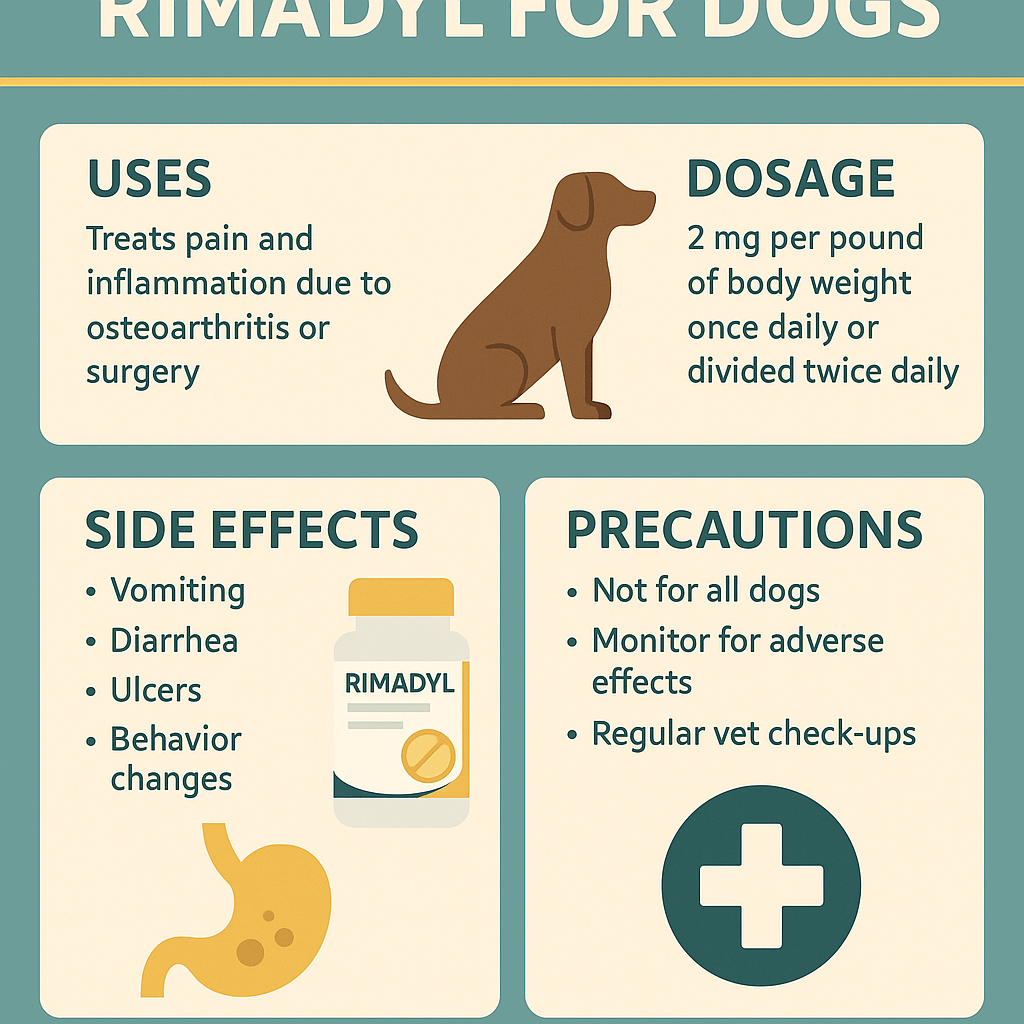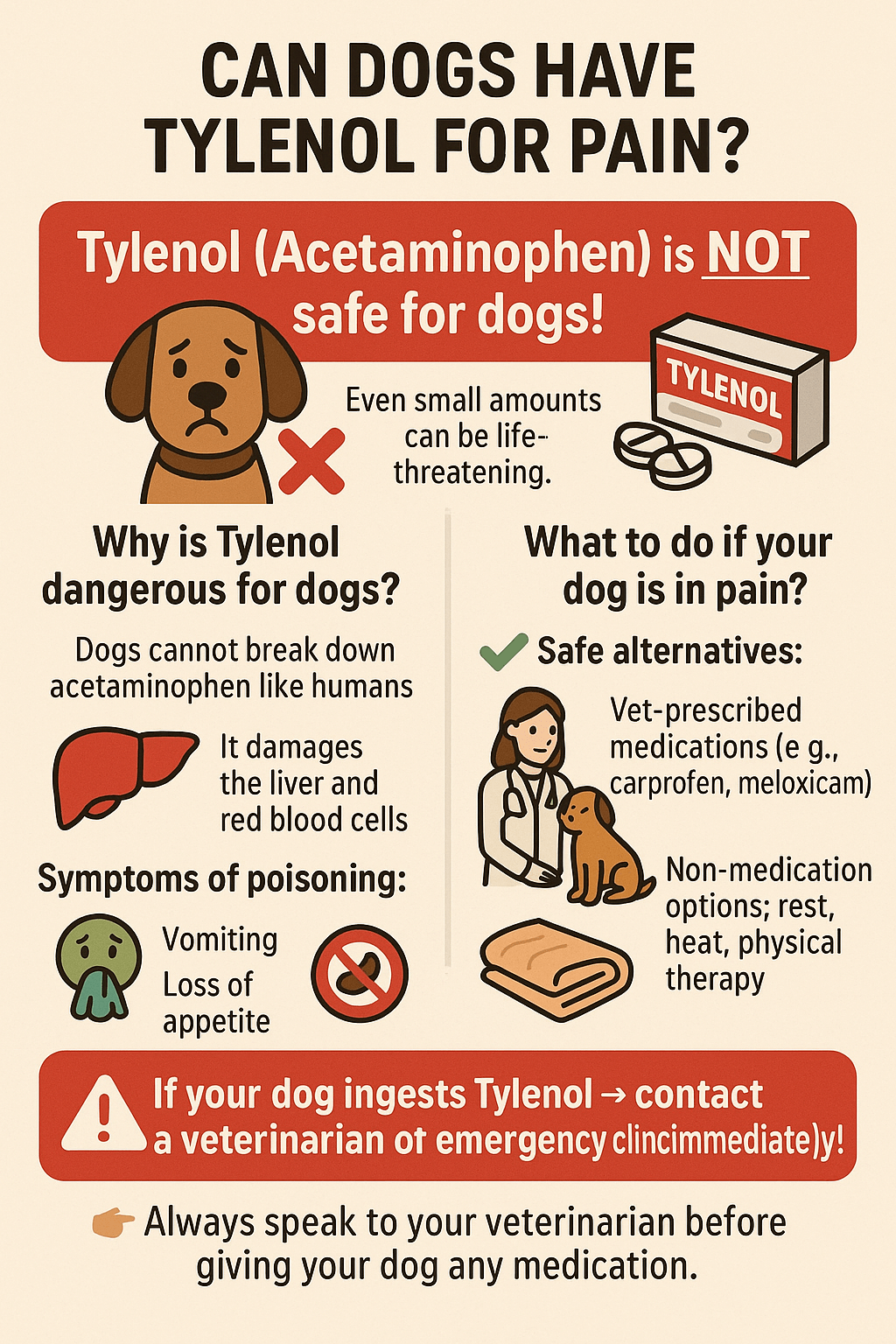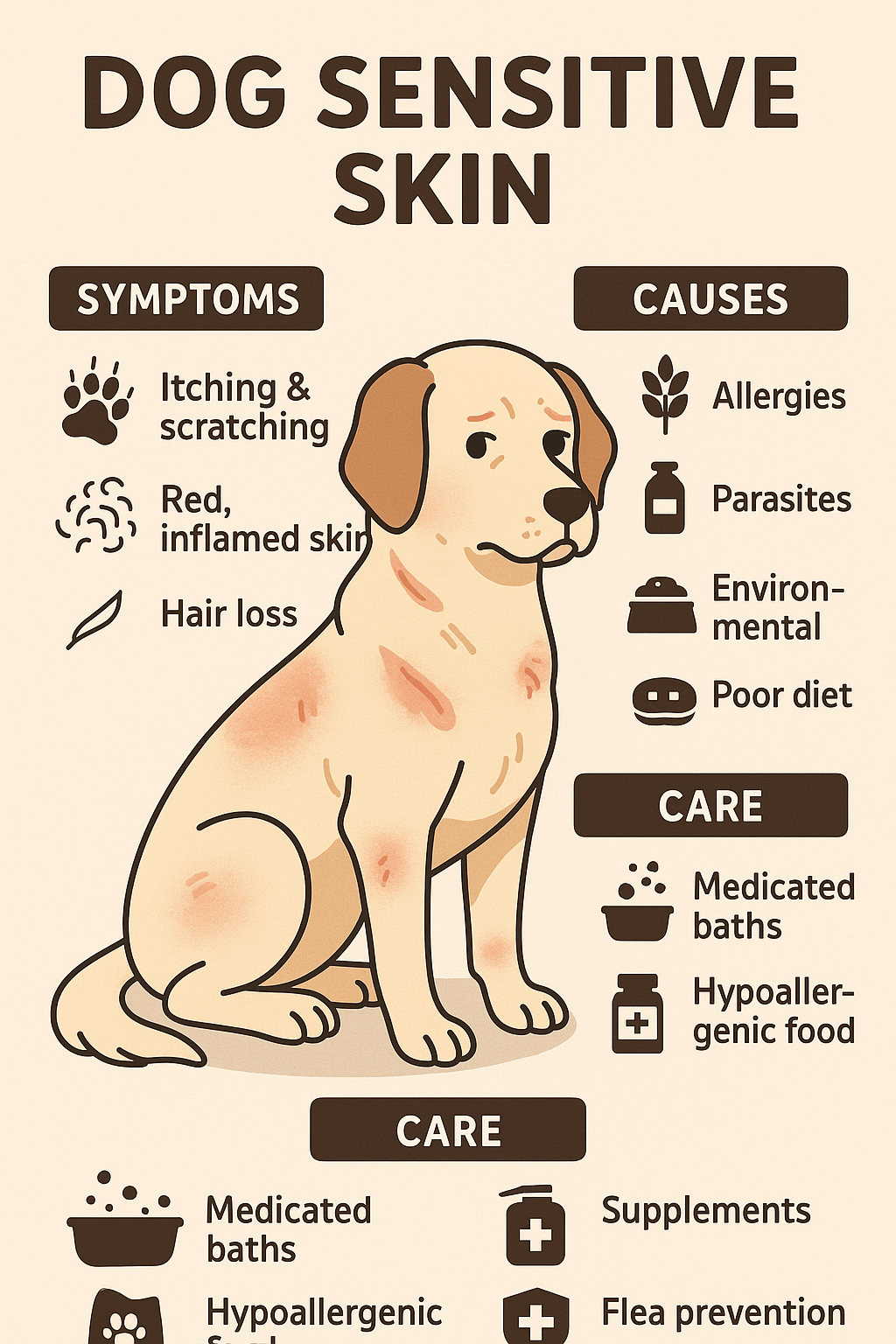Are Dog Parks Good for Dogs? Exploring the Pros and Cons
Dog parks have become a popular destination for pet owners looking to provide their furry friends with exercise, socialization, and mental stimulation. These open spaces offer dogs the freedom to run, play, and interact with other canines in an off-leash environment. But are dog parks truly good for dogs? While they offer numerous benefits, they also come with potential risks that every pet owner should consider. In this blog post, we’ll dive into the advantages and disadvantages of dog parks, tips for ensuring a safe visit, and how to determine if your dog is a good candidate for this type of outing. Let’s explore whether dog parks are the right fit for your four-legged companion.
Benefits of Dog Parks for Your Furry Friend
Dog parks can be a fantastic resource for both dogs and their owners, offering a range of physical, mental, and social benefits. Here’s why many pet parents rave about these outdoor havens:
Physical Exercise: Dog parks provide ample space for running, jumping, and playing, helping your dog burn off excess energy.
Socialization Opportunities: Interacting with other dogs teaches valuable skills like communication, boundaries, and pack behavior.
Mental Stimulation: The new sights, smells, and experiences keep your dog’s mind sharp and engaged.
Bonding Time: Watching your dog enjoy themselves and interacting with other pet owners can strengthen your connection.
Off-Leash Freedom: Many dogs thrive in environments where they can explore without the restriction of a leash.
While dog parks offer numerous advantages, it’s important to ensure your dog is comfortable and well-prepared for such an outing. Not all dogs thrive in busy, unpredictable environments, so observe their behavior closely.
Potential Risks of Dog Parks
Despite their benefits, dog parks aren’t without risks. Understanding these potential downsides can help you make informed decisions about whether they’re suitable for your dog. Here are some concerns to keep in mind:
Aggressive Behavior: Some dogs may exhibit dominance or aggression, leading to fights or injuries.
Disease Transmission: Shared water bowls and close contact increase the risk of spreading illnesses like kennel cough or parasites.
Overstimulation: High-energy environments can overwhelm shy or anxious dogs, causing stress or fear.
Lack of Supervision: Poorly managed dog parks may lack rules or enforcement, increasing the likelihood of unsafe situations.
Injuries from Play: Roughhousing or chasing can lead to sprains, cuts, or other accidental injuries.
By being aware of these risks, you can take steps to minimize them and ensure your dog’s safety during park visits. Always assess the environment and your dog’s comfort level before heading in.
Check this guide 👉Dog Parkour: Best 7 Expert Tips!
Check this guide 👉Understanding Dog Park Rules: Best 7 Expert Tips!

Benefits of Dog Parks | Risks of Dog Parks |
|---|---|
Physical exercise and energy release | Aggressive behavior among dogs |
Socialization with other dogs | Risk of disease transmission |
Mental stimulation and exploration | Overstimulation for shy or anxious dogs |
Off-leash freedom and fun | Lack of supervision or rule enforcement |
Bonding opportunities with owners | Potential for injuries during play |
Tips for Ensuring a Safe and Positive Dog Park Experience
If you decide to take your dog to the park, preparation and vigilance are key to ensuring a safe and enjoyable visit. Here are some tips to make the most of your time there:
Visit During Off-Peak Hours: Avoid crowded times to reduce the chances of overstimulation or conflicts with other dogs.
Assess Your Dog’s Temperament: Make sure your dog is friendly, confident, and comfortable around other dogs before bringing them to the park.
Bring Essentials: Pack fresh water, a portable bowl, waste bags, and a first-aid kit for emergencies.
Supervise Closely: Keep an eye on your dog at all times to intervene if necessary and prevent unwanted interactions.
Know When to Leave: If your dog seems stressed, tired, or uncomfortable, it’s time to call it a day and head home.
By following these guidelines, you can create a positive experience for your dog while minimizing potential risks.
Signs Your Dog May Not Enjoy the Dog Park
Not all dogs are cut out for dog parks, and recognizing the signs of discomfort or distress is crucial for their well-being. Here’s what to watch for:
Avoidance Behavior: If your dog hides, cowers, or tries to leave the park, they may feel overwhelmed or scared.
Excessive Barking or Growling: This could indicate anxiety, territorial behavior, or discomfort around other dogs.
Tail Tucked or Ears Flattened: These body language cues suggest fear or unease in the environment.
Refusal to Engage: If your dog stays glued to your side instead of exploring or playing, they might not feel comfortable.
Frequent Escaping Attempts: Trying to escape the fenced area signals a desire to avoid the situation entirely.
If your dog displays any of these behaviors, it may be best to find alternative ways to meet their exercise and socialization needs. Every dog is unique, and what works for one may not work for another.
Other Ways to Socialize and Exercise Your Dog
If dog parks aren’t the right fit for your pup, there are plenty of alternative ways to provide socialization and physical activity. These options can cater to dogs who are shy, reactive, or simply prefer calmer environments. Here are some ideas to consider:
Organized Playdates: Arrange one-on-one play sessions with a well-matched dog friend in a controlled setting.
Doggy Daycare: Professional facilities offer supervised group play for social dogs who thrive in structured environments.
Long Walks or Hikes: Exploring nature trails provides exercise and mental stimulation without the chaos of a dog park.
Obedience Classes: Group training sessions allow dogs to interact while learning new skills and building confidence.
Backyard Playtime: Create a safe, enclosed space at home where your dog can run, fetch, and burn off energy.
By exploring these alternatives, you can meet your dog’s needs in a way that aligns with their personality and comfort level.
What to Look for in a Safe and Enjoyable Dog Park
Not all dog parks are created equal. A well-managed park can make a significant difference in ensuring a positive experience for both you and your dog. Here’s what to look for when evaluating a dog park:
Cleanliness: The park should be free of waste, trash, and standing water to reduce health risks.
Separate Areas for Small and Large Dogs: Designated zones help prevent injuries caused by size mismatches during play.
Secure Fencing: Double-gated entrances and sturdy fencing ensure dogs can’t escape accidentally.
Clear Rules and Signage: Posted guidelines promote responsible behavior among pet owners and visitors.
Active Supervision: Parks with staff or regular patrols tend to have better enforcement of rules and quicker conflict resolution.
Choosing a well-managed dog park sets the stage for a safer and more enjoyable outing for everyone involved.
Tips for a Smooth First Visit
Introducing your dog to the dog park requires patience and preparation to ensure they feel comfortable and confident. Rushing into this new environment can lead to stress or negative experiences. Here’s how to ease them into it:
Start with a Quiet Time: Visit during less crowded hours to give your dog time to acclimate without feeling overwhelmed.
Observe Before Entering: Watch the dynamics of the park from outside to gauge whether the energy level is suitable for your dog.
Keep Initial Visits Short: Limit your first few trips to 15–20 minutes to avoid overstimulation or exhaustion.
Stay Neutral During Interactions: Avoid interfering unless necessary; let your dog navigate social cues independently.
Reward Calm Behavior: Use treats or praise to reinforce positive interactions and build a positive association with the park.
Taking these steps will help your dog adjust gradually and create a foundation for successful future visits.
Frequently Asked Questions About Dog Parks
Are dog parks good for all dogs?
No, some dogs may feel anxious or overwhelmed in busy, unpredictable environments.
How can I tell if my dog enjoys the dog park?
Look for signs of happiness, such as wagging tails, playful behavior, and eagerness to return.
What should I bring to the dog park?
Bring fresh water, a portable bowl, waste bags, a leash, and a basic first-aid kit.
Can puppies go to the dog park?
Puppies under six months old are generally not recommended due to incomplete vaccinations and vulnerability to illness.
What should I do if a fight breaks out?
Stay calm, separate the dogs safely using barriers or leashes, and avoid putting your hands near their mouths.
Final Thoughts: Are Dog Parks Right for Your Dog?
Dog parks can be a wonderful way to provide your dog with exercise, socialization, and mental enrichment. However, they’re not a one-size-fits-all solution. By understanding the benefits and risks, preparing adequately, and paying attention to your dog’s individual needs, you can determine whether dog parks are a good fit for your furry friend. Remember, the goal is to create a safe, enjoyable experience that strengthens your bond and enhances your dog’s quality of life. Whether it’s through dog parks, backyard playdates, or long walks, finding the right balance is key to keeping your pup happy and healthy.
Rimadyl for Dogs: Best 7 Expert Tips! Discover expert advice on using Rimadyl safely, managing pain, and improving your dog’s mobility with trusted veterinary insights.
Can Dogs Have Tylenol for Pain? Best 7 Expert Tips! Discover the risks, safe alternatives, and expert advice on managing your dog’s pain effectively while avoiding harmful medications.
Understanding Hemophilia in Dogs: Best 7 Expert Tips! Discover expert advice on managing hemophilia, recognizing symptoms, and ensuring your dog’s well-being with practical care strategies.
Understanding Dog Sensitive Skin: Best 7 Expert Tips! Discover expert advice on managing dog sensitive skin, relieving irritation, and improving your pup’s comfort with practical solutions.





